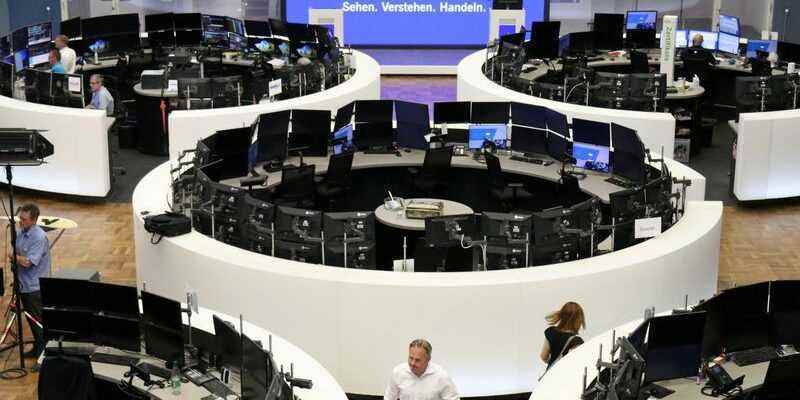MSCI’s broadest index of stocks in the Asia-Pacific region, excluding Japan, was flat as trading was dampened by a holiday in Hong Kong.
The Japanese Nikkei slipped 0.7%. Treasury bills fell, pushing yields up a little along the curve, and US equity futures fell about 0.2%. [.T] [US/] [.N]
The S&P 500 closed its worst first half since 1970 overnight and the Treasury market has taken such a beating in the past six months that Deutsche Bank estimates the performance to be the worst in more than two centuries.
Inflation and the central banks’ response to it are responsible. Attention now shifts to any clues as to whether it has peaked. Eurozone consumer price data is due later on Friday and July’s US data will be a blockbuster for financial markets.
German inflation unexpectedly slowed last month, as did the pace of U.S. consumer spending in May, data released Thursday showed some pullback in rate hike bets, but also heightened concerns about the weak economy.
“Many investors want a clear outlook,” said Steven Wieting, chief investment strategist at Citi Global Wealth Investments, but the future does not show a steady and reliable recovery.
“(2020) was a clear time when the economy was depressed that we could put money to work here with a lot of confidence. We can’t say that now,” he said.
Growth concerns drove oil lower and Brent futures closed at $109.76 a barrel. [O/R]
Uncertainty has kept a bid behind the US dollar, even as markets retreated from aggressive interest rate forecasts and even lately priced Federal Reserve rate cuts as early as mid-2023.
The dollar had its best quarter since 2016 for three months at the end of June, while the euro and the yen were losers. The greenback was closed on Friday and heading for a weekly gain, with the dollar index up 0.7% on the week at 104.830. [FRX/]
BRILLIANT CHINA
Amid the gloom, however, China suddenly became a bright spot. Continental markets have risen over the past quarter and rebounded around 20% from their lows in April.
China is emerging from isolation, has no inflation problem and this week’s industrial activity data showed a welcome return to growth, with Friday’s Caixin PMI data showing that June brought fastest manufacturing expansion in 13 months.
The Shanghai Composite and the blue-chip CSI300 dipped 0.3% on Friday, but both are poised for five consecutive weeks of gains. [.SS]
The yuan has stabilized and this has given some regional currencies a boost, although the dollar remains in demand. On Friday, the focus was on Chinese President Xi Jinping’s visit to Hong Kong.
Among the majors, the dollar rose to $1.0469 per euro and was up about 0.3% to $0.6883 against the Aussie. [AUD/]
It bought 135.64 yen after a meteoric rise of 11.6% in the June quarter. The strong dollar and rising US yields kept a lid on gold, which pays no yield, and it was drifting to a weekly loss of $1,805 an ounce on Friday.
Another notable outperformer in Asia was Indonesia, where stocks are up more than 5% on the year and could benefit more if foreign money returns to emerging markets. [.SO]
“As clients remain more in risk-reduction mode, at some point there’s a weight of money coming back into the asset class,” said David Beale, vice president of client coverage. global emerging markets institutions at Deutsche Bank Singapore.
“It’s clear that any signs of inflation plateauing and rate hikes ending could point to a more favorable path,” he added. “Next month’s US CPI printout will be critical in this regard.”
